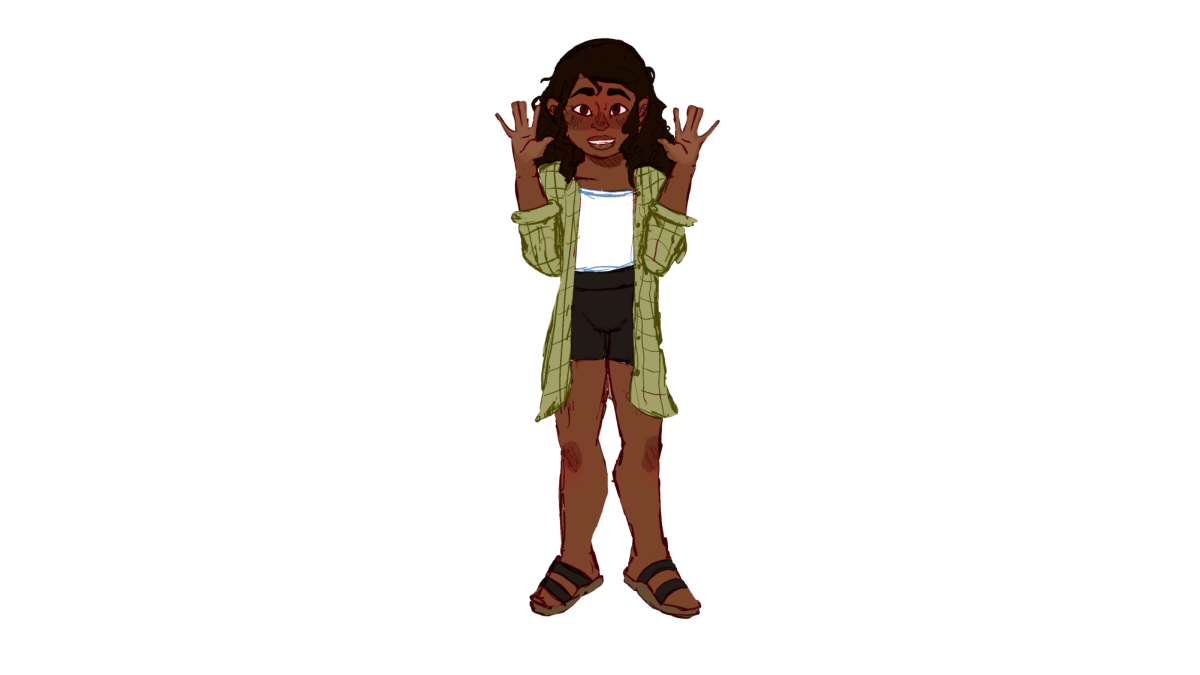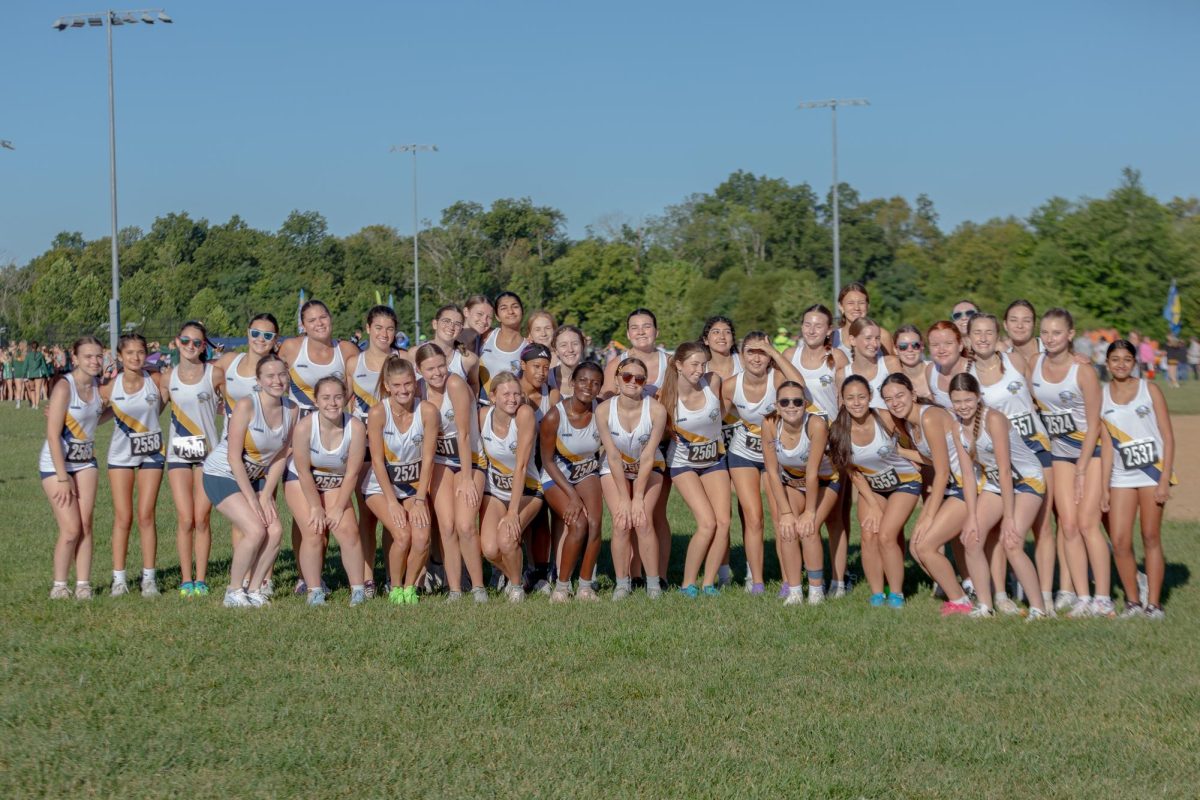Wally’s guide to not being racist
This is the official cover photo for Wally, the anonymous and opinionated SENIOR columnist for the Chatterbox.
January 26, 2023
Hello friends, enemies, friends of enemies and enemies of friends,
There are many important lessons that can be learned from the Claire Thornberry situation, and the conversation that I want to bring to the table can best be described by a quote from writer Tariq Moosa.
“It should never be the oppressed who must manage the pain of an oppressor realizing his wrongfulness.”
There is no black and white answer to addressing this situation, but it brings to light more issues of racism and discrimination that disturb students and staff in our community every day. What’s important though, is that we don’t sit and wait for our Black and other marginalized students and leaders to be the ones to put their necks on the line to fight for solutions. Racism, hate and discrimination comes from a place of ignorance, and it’s everyone’s problem to fix– not just the people who are affected by it.
There needs to be fundamental changes to our education system. There’s a disproportionate lack of students and teachers of color and a gross abundance of Eurocentrism in our ‘classical education’ curriculum, which devalues the achievements of historically non-white cultures and in turn, devalues non-white students. Comprehensive, implicit bias and antiracism training should be mandatory not only for teachers and administration, but for students as well. Discrimination can be intentional or unintentional, but everyone should have the knowledge and awareness to avoid being racist and call others out when you recognize their racist behaviors.
These changes are the responsibility of the administration in our school, the school board members of our district and the legislators of our state and country. Even if those changes get made, everyone is always responsible for doing their own research and fostering their own understanding and self awareness of making an active effort to practice respect for other communities and cultures.
Here is a non comprehensive (this means that this list does not include everything that needs to be said – it’s just a starting point) list of topics and resources to help build your understanding no matter where you are in your journey of actively practicing antiracism.
- Systemic racism
Nearly every aspect of a Black person’s life is affected by their race because of how deeply ingrained racism is in our country’s history. From slavery to Jim Crow to mass incarceration and redlining, racist laws and institutions that make up the structure and systems of our society continue to adapt despite the progress that is made over time. These practices have had lasting effects on housing, employment, criminal justice and education that are still felt by Black people today in ways that are not always recognizable by non-Black people who are not affected.
Part of the concept of critical race theory is rooted in the history of systemic racism as it explains that because race is a social construct based purely on perceived phenotypical differences, it has been perpetuated solely by laws and practices designed to subjugate people of color.
Systemic racism also contributes to the invalidation of the idea of reverse racism. Because systems in our society are embedded with racism, those who are disadvantaged by the oppressive system cannot affect their oppressors in the same way due to the existing power imbalance.
- Microaggressions
Another less overt form of racism can be intentional or unintentional, but is always harmful. Microaggressions are subtle acts and behaviors that perpetuate harmful stereotypes and bias against marginalized groups. Oftentimes, those who commit microaggressions don’t think of their actions as offensive. One example of this would be the use of a blaccent.
Non-Black people using African American Vernacular English (AAVE) as a joke or an act that they switch on and off at their own convenience is often referred to as using a “blaccent.” It seems harmless, but Black people who use AAVE tend to be perceived as uneducated or “ghetto,” so in certain situations they will “code switch” which is adjusting their speech and mannerisms to be more palatable to a white audience in order to avoid discrimination. The difference in these situations is that for non-Black people the blaccent is an act, but for Black people code switching is an act of survival.
The use of a blaccent is a caricature of Black stereotypes and is an example of cultural appropriation. Specifically, much of our current “internet slang” is a bastardized version of AAVE used by non-Black teens without acknowledgment or appreciation for its origin in Black culture or the Black people who face bias for using that type of language.
- Intersectionality
Systemic oppression and microaggressions along with all other forms of discrimination affects more than just Black people. All marginalized groups face discrimination (that’s the definition of being a marginalized group), but the types of discrimination that each group faces can look very different for different reasons, which adds another layer of complexity to the experiences of those with multiple marginalized identities. Understanding and appreciating the unique experiences of those with overlapping identities is called intersectionality.
Lawyer, professor and activist Kimberle Crenshaw coined the term “intersectionality” in her 1989 essay, “Demarginalizing the Intersection of Race and Sex: A Black Feminist Critique of Antidiscrimination Doctrine, Feminist Theory and Antiracist Politics.” She explained the concept as it relates to Black women in America. In this essay, Crenshaw explains that antiracist movements tend to focus on black men and feminist movements tend to focus on white women, so those who exist at the intersection of those identities, women of color, are not adequately represented in either movement because the conversation is focused on the most privileged group within the movement.
Now, I have in no way given a complete explanation of the complexities of racism or discrimination in society, but I have introduced a few concepts that I think are important to understand when discussing the complex issues of racism and discrimination in our society. I encourage everyone to continue doing their own research and having conversations to gain perspective and form your own opinions.
I also want everyone to remember that as you are learning and having conversations that you should not rely on your Black friends and everyday people to teach you everything about racism. Most regular Black people are not experts on racism and can mostly only speak to their lived experiences, and not everyone wants to talk about their potentially traumatic experiences with racism. Plus, the burden of educating others on such a complex topic can be mentally and emotionally exhausting. Conversations are an important part of learning and growing, and they are always happening, you just have to find them.
Remember, you’re entitled to your feelings but responsible for your actions.
Love,
Wally







